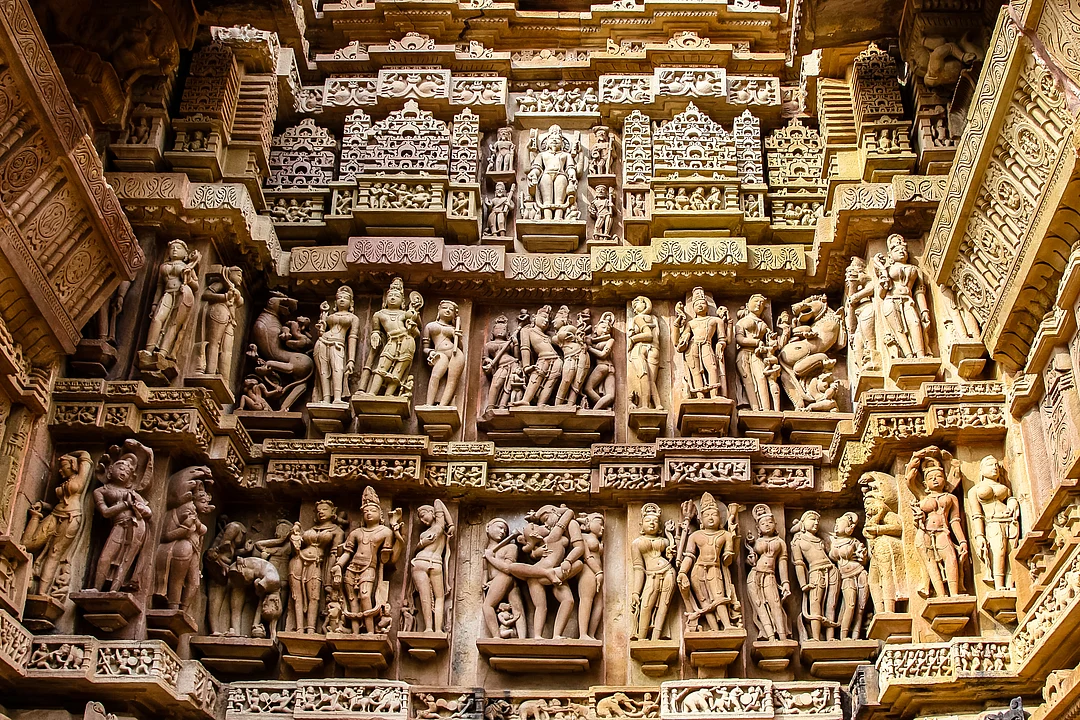It has been as present in the veins of history, temple stones, folklore and spiritual traditions as ever. While colonial laws like Section 377, modelled on the uptight Victorian morality, suppressed the longstanding fluidity of gender and sexuality that has otherwise dominated the subcontinent, pre-colonial India featured a scene of great gender diversity, same-sex love and trans identities woven deeply into daily life. Far from being a modern anomaly, queer existence in India has been systemic, spiritual and socially integrated. Let us delve into the history and heritage of the country and find out things that may shed light over the queer quarters which are not novel to its masses.
India
Pride Month 2025: Unearthing India’s Hidden Queer Legacy
From Khajuraho’s carvings to the Koovagam festival, India’s queer heritage spans temples, mythology, poetry, and living traditions. Explore how LGBTQ+ history has always existed—long before colonial erasure rewrote it

Close up of artful carved walls of Kandariya Mahadeva Temple, Khajuraho Photo: Shutterstock
Close up of artful carved walls of Kandariya Mahadeva Temple, Khajuraho Photo: Shutterstock
CLOSE



